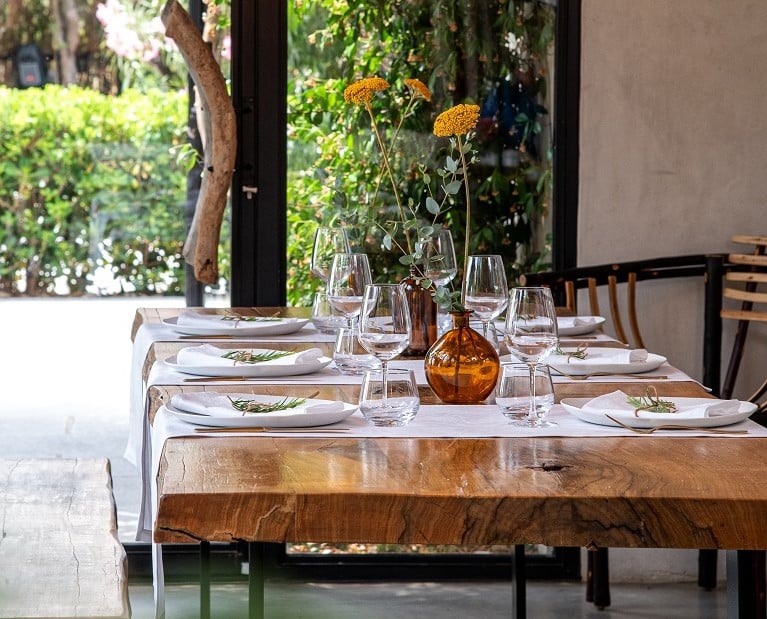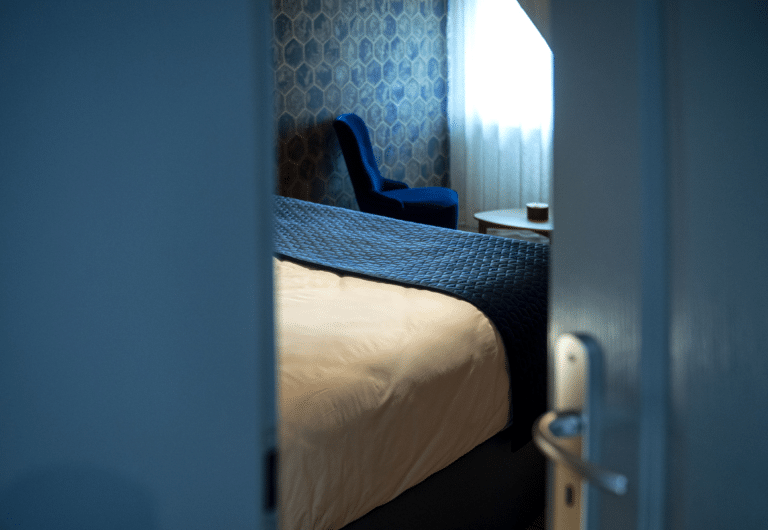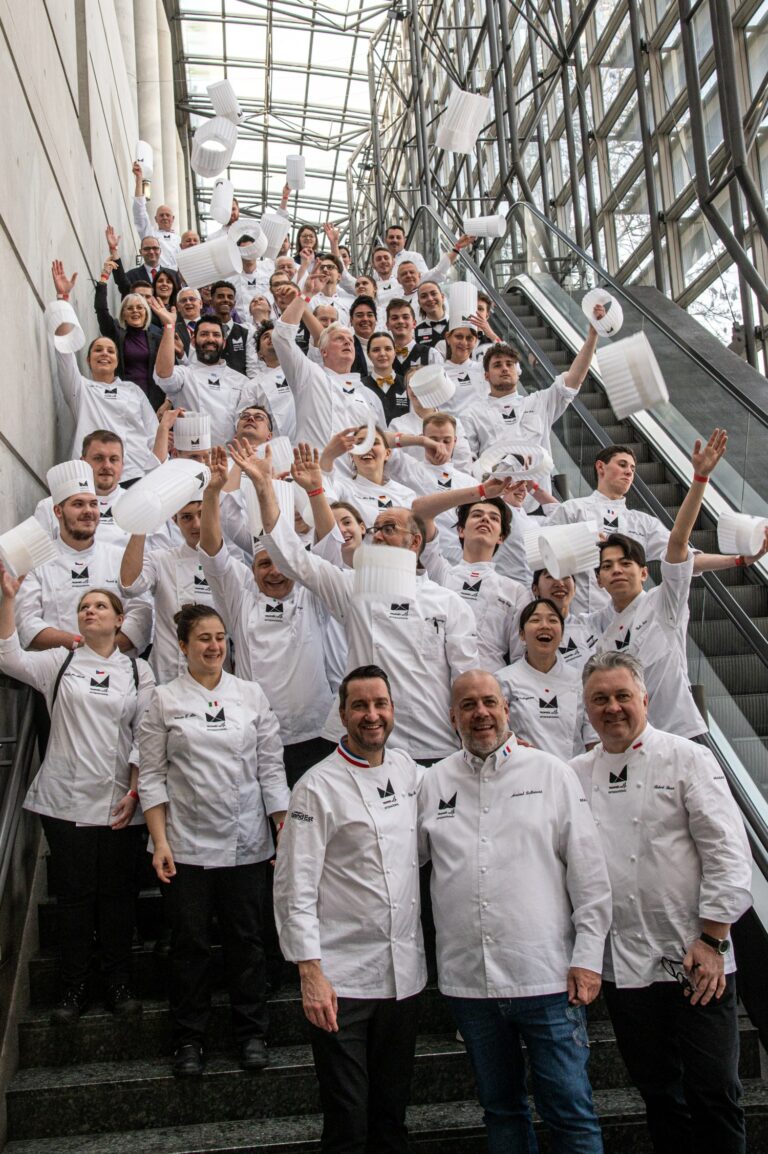The importance of a successful table setting for customer comfort and your establishment’s image
The restaurant experience involves stimulating the various senses: taste, smell and sight. For the latter, we naturally think of the composition of the plate, with its play of brilliance and color, and the harmonious distribution of the food, but the real first impression is made as soon as you enter the restaurant and discover the decor. Table setting is therefore of paramount importance in providing a complete sensory experience, and in building loyalty and interest in the restaurant.
What are the key elements of a successful restaurant table setting?
- table linen: tablecloths and placemats, napkins, placemats and table runners
- crockery: plates, glasses, cutlery
- table accessories: menu holder, napkin holder
- decorative items: candleholders, flowers, table lamps
How do you choose the right table setting for your restaurant?
There are different styles of dressage: classic, modern or themed. The most common type of dressage is called “French dressage”.
Whatever the style, it’s important to create harmony between the table setting and the overall ambience of the restaurant, i.e. decoration, lighting, music, etc.
An original table setting in line with current trends and inspirations is an attractive way to stand out from the crowd. Following an established trend also helps to reassure
When setting the tables in a restaurant, it’s important to remain consistent with the cuisine and the restaurant’s clientele. In fact, a restaurant offering gourmet cuisine for a traditional clientele is bound to havetables laid with tablecloths and set up according to the rules of the art. On the other hand, a themed restaurant can be more imaginative: tablecloths can be replaced by textured leather placemats in shades reminiscent of the walls, plates can take on different shapes and colors to match the signature dish, for example, and cutlery can be lacquered anthracite or gold.
What are the basic rules for a table setting that respects standards and conventions?
First of all, we install a table fleece, which serves several functions: it protects the table from stains, absorbs shocks, dampens noise and prevents the tablecloth from slipping. The tablecloth is then laid out, taking care to iron it impeccably, both on the tabletop and on the spillovers. A central steam unit and a steam straightener will be your allies in this task.
Then, after putting on gloves to protect the crockery from fingerprints, you place the presentation plate 2cm from the edge of the table, just as the cutlery will be. Place the knife on the right-hand side of the plate in the same axis, then the fork on the left, preferably with the prongs facing upwards. If you’re planning an appetizer that requires other cutlery during the meal, such as a fish knife or soup spoon, these should be placed at regular intervals towards the outside. The teaspoon is placed at the top of the plate. In a bistro or brasserie setting, the cutlery can be slipped directly into the napkin, which is then folded into a “cutlery tray” and placed in the center of the plate.
In gourmet restaurants, one bread plate per guest is the norm, placed at the top left of the plate. For traditional restaurants and bistros, an attractive bread basket is placed in the center of the table.
Next comes the positioning of the glasses, starting with the water glass on the right in line with the knife, then the wine glass on the left (first the white wine glass, then the red wine glass if both are offered at the meal).
The napkin, with its many folding possibilities (rosebud, fleur-de-lis, pyramid…), is placed in the center of the plate.
Finally, you can accessorize with a menu holder, or add a touch of greenery to your table with a small bouquet of cut flowers, discreetly scented so as not to overpower the food, or a soliflore holding a pretty tulip or sprig of eucalyptus. A small table lamp, candle-holder or candle-holder will create a romantic atmosphere.
How can you train and involve your staff in table setting?
Successful table setting requires certain qualities on the part of the maitre d’ and his team. You need to be very careful, meticulous and capable of self-control. Training at a hotel management school provides all the necessary skills, and experience in the profession reinforces the ability and automatisms needed to dress a table quickly and to a high standard. This will have a direct impact on service time and table rotation.
There’s only one step from the kitchen to the dining room, which is why communication and coordination between teams are so important to the well-being of our customers.
To sum up, it’ s essential to create an attractive, personalized table setting to win over your customers, build customer loyalty and create a good reputation for your restaurant through word-of-mouth. So whether you run a gourmet restaurant or a trendy eatery, set yourself apart in the art of table setting!
Our experts can advise you





